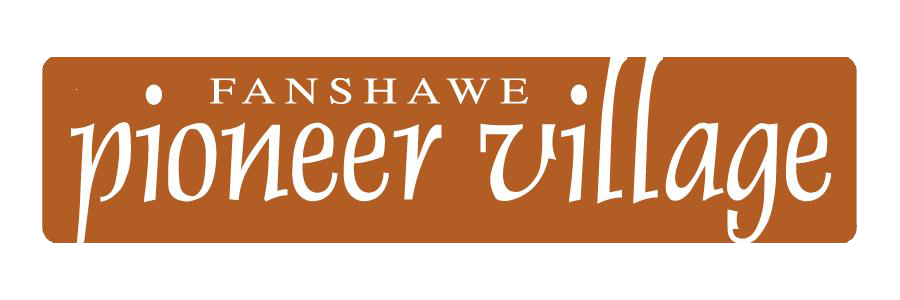Fanshawe School S.S. #19
Original Building
London Township
Middlesex County
Built 1871
Built in 1871, S.S. #19 was an improvement over the drafty log school that was its predecessor. Unfortunately, it was designed without consideration of proper ventilation and the schoolroom was often dark and smoky, especially during winter. Lighting was provided solely by natural sources until the installation of oil lamps in 1931. Water was drawn from a spring on the school property.
S.S. #19 closed in 1955, after providing education for more than three generations of residents and serving as a space for community functions, such as Christmas concerts, picnics, and social teas.
Outhouses were the only bathroom facilities available to S.S. #19 students until 1931, when chemical “sanitary closets” were installed at a cost of $300.
Thanks to the generosity of former teachers, students, and volunteers in the London community, this last surviving building of the once thriving hamlet of Fanshawe, for which the Village is named, was moved from its former site on Fanshawe Park Road in 1994.
School architecture was standardized and this 1871 school is typical of many in Middlesex County. All grades would be taught together in the one room.
Until the School Act of 1871, school attendance in Ontario was not mandatory. The Act made school attendance free and compulsory for students up to age 12, and formed 2 streams of secondary education - high schools and collegiate institutes.
The focus of early schools was to teach students the skills, and social and moral values thought necessary, by the majority, to become productive members of Canada’s growing Anglocentric society. Even after 1871 the school experience varied drastically based on a student’s race, ethnicity, religion, gender, economics, and location.
Segregated Education
In 1850, the School Act added a provision to the already-established separate-schools clause that allowed separate schools based on race to be created. As the Black population grew in Ontario, the majority of white parents, as well as school trustees were opposed to integration. This racism forced the opening of segregated schools.
Numerous petitions to the Education Department by Black parents called out exclusion from common schools, and expressed a desire for integration. When Black communities opened their own schools, children of all backgrounds were welcome.
The first interracial school in London was the Colonial Church and School Society Mission School. It opened in 1854 when most schools in Canada were segregated. It closed in 1859 when all London schools became integrated.
The last segregated school in Ontario closed in 1965.
Building restoration supported by Canada Life. The ongoing maintenance and preservation of this building is supported in memory of Beverly N. Baines by the Gerald C. Baines Foundation and Beverly N Baines Fund at the London Community Foundation.











